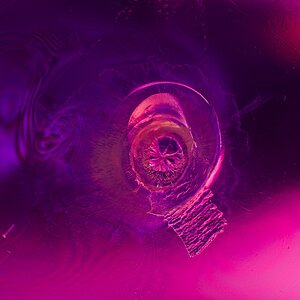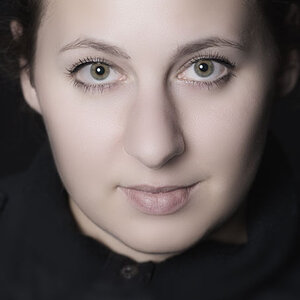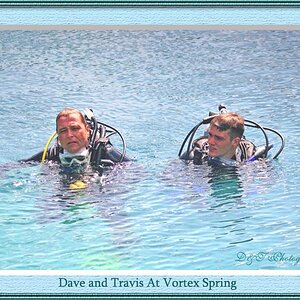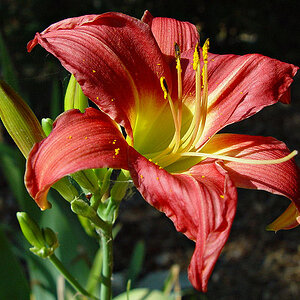IntrepidB
TPF Noob!
- Joined
- Aug 26, 2013
- Messages
- 39
- Reaction score
- 4
- Location
- Thailand
- Website
- www.flickr.com
- Can others edit my Photos
- Photos OK to edit
I have a question about noise reduction.
Let's say I take a shot at ISO 1600 with an APS-C camera. If I shoot JPEG and use the camera's own noise reduction, how it will compare to shooting RAW and then doing the noise reduction in a software (Lightroom for example)?
Let's say I take a shot at ISO 1600 with an APS-C camera. If I shoot JPEG and use the camera's own noise reduction, how it will compare to shooting RAW and then doing the noise reduction in a software (Lightroom for example)?


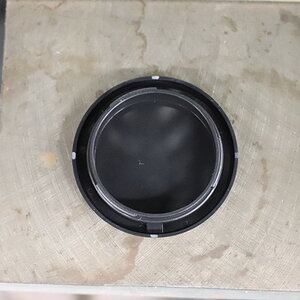
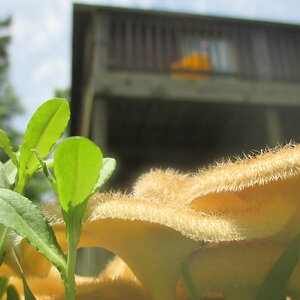
![[No title]](/data/xfmg/thumbnail/38/38729-27329be54dcb93a3723bad97259e6428.jpg?1619738702)
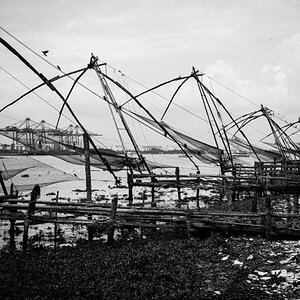
![[No title]](/data/xfmg/thumbnail/38/38730-0f6fd79e998043b63de6b52823a5916a.jpg?1619738702)
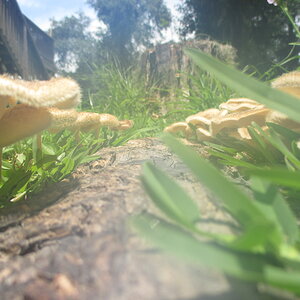
![[No title]](/data/xfmg/thumbnail/38/38745-268bf5126e563d77957d73c4fb17dc83.jpg?1619738704)
![[No title]](/data/xfmg/thumbnail/38/38744-40fa9998379b0f33925964a11a718029.jpg?1619738704)
